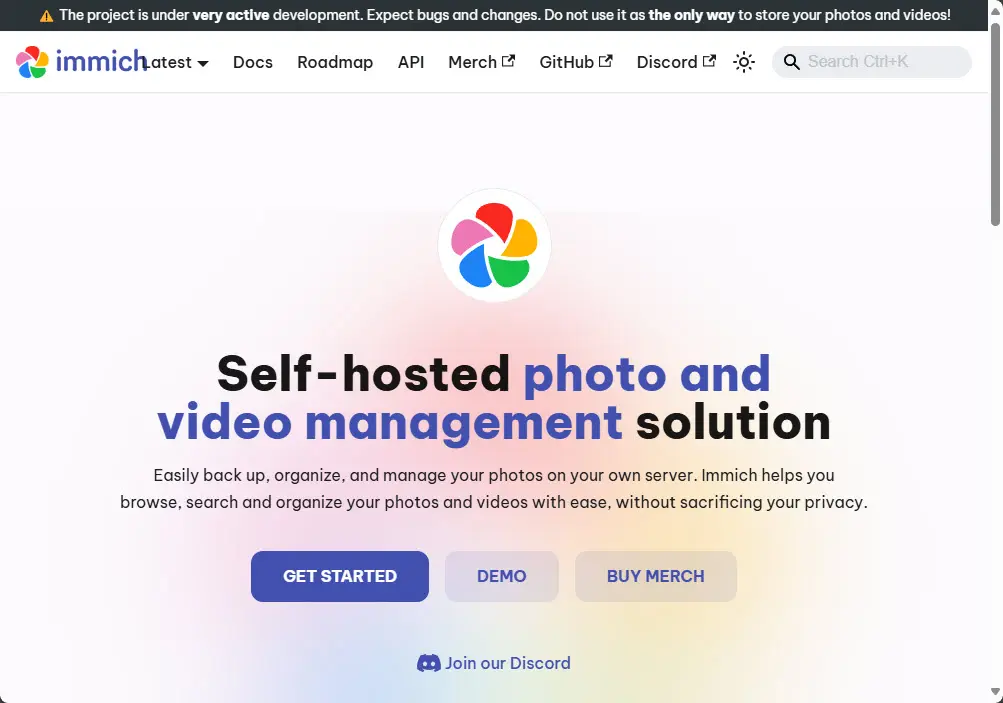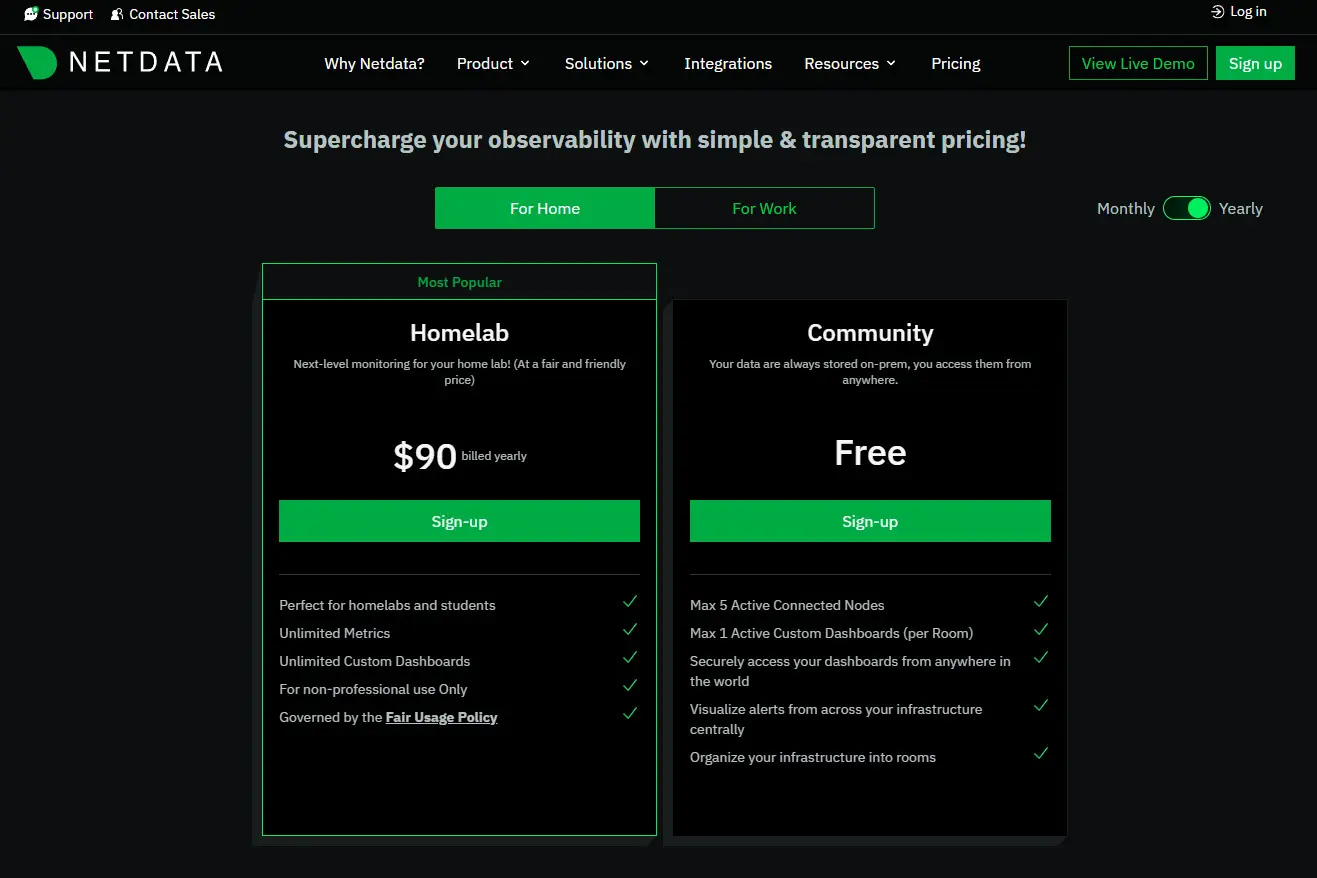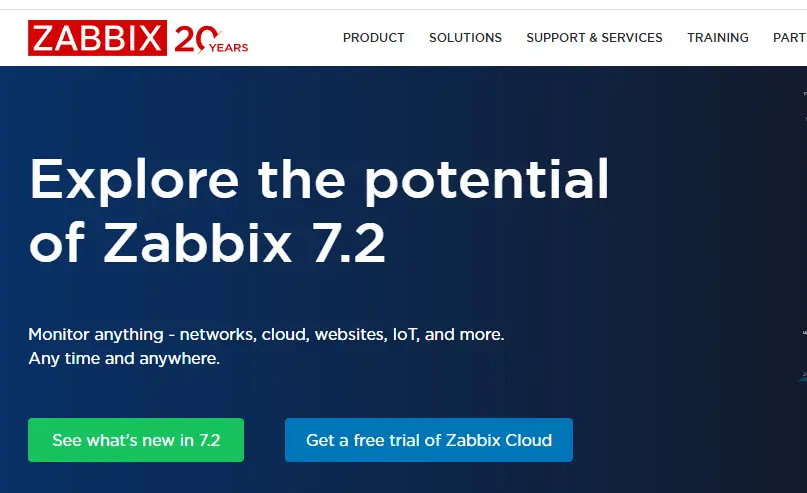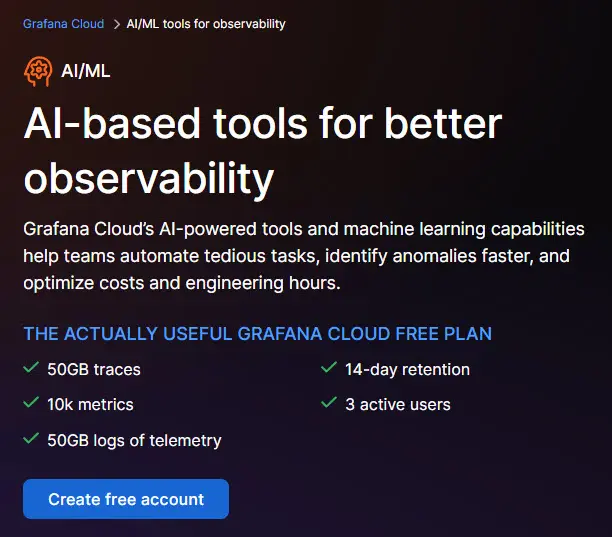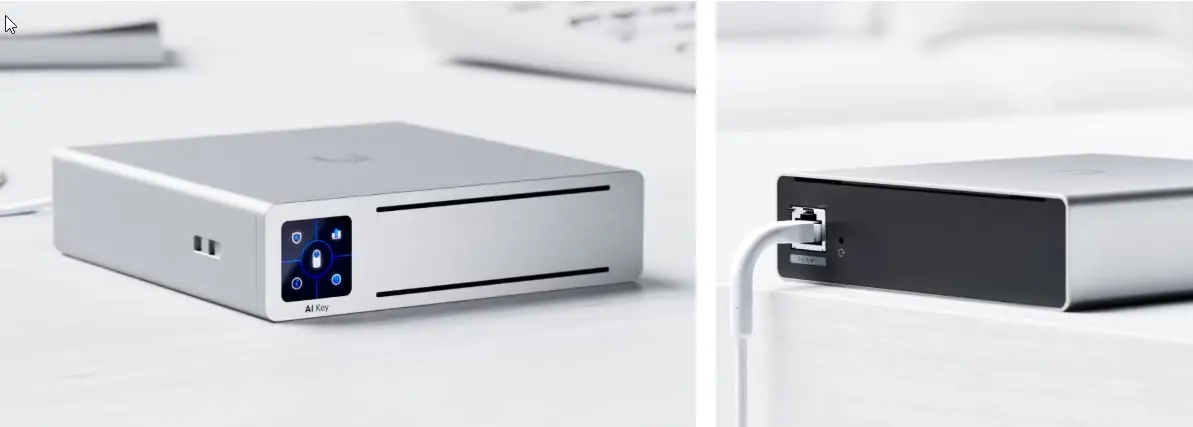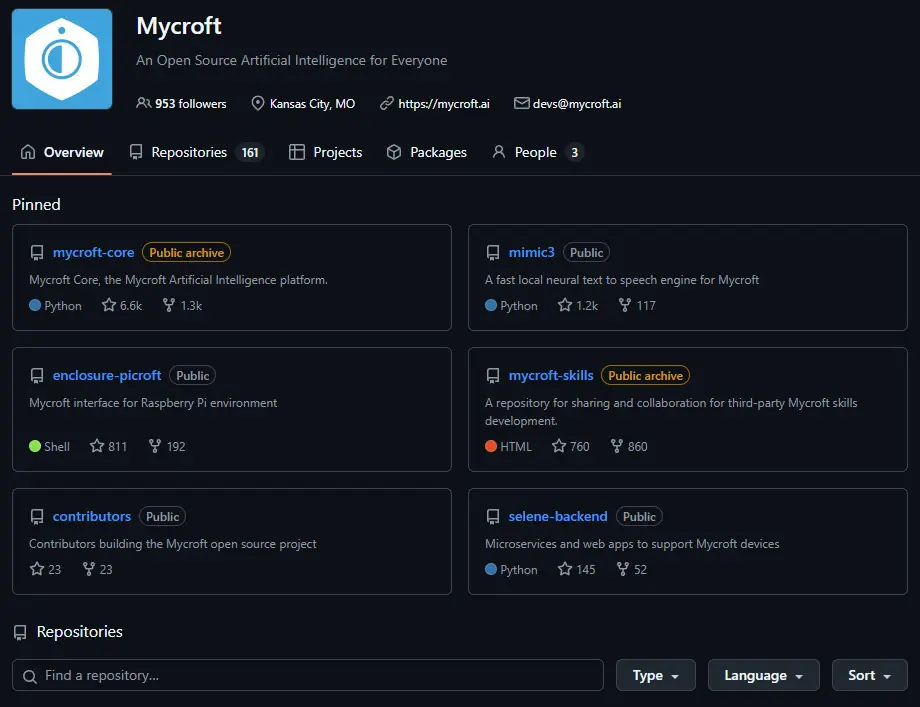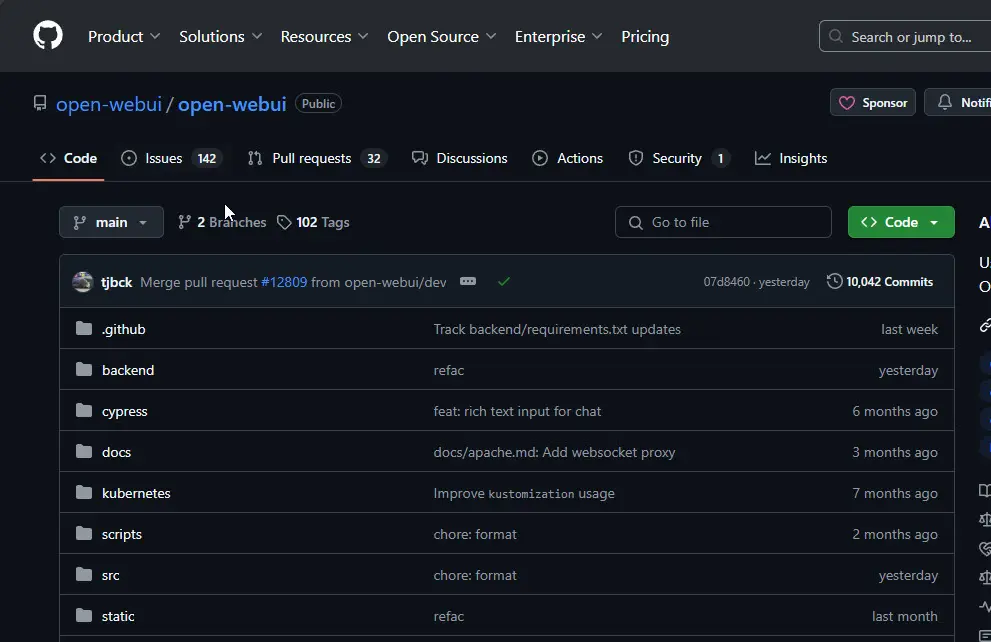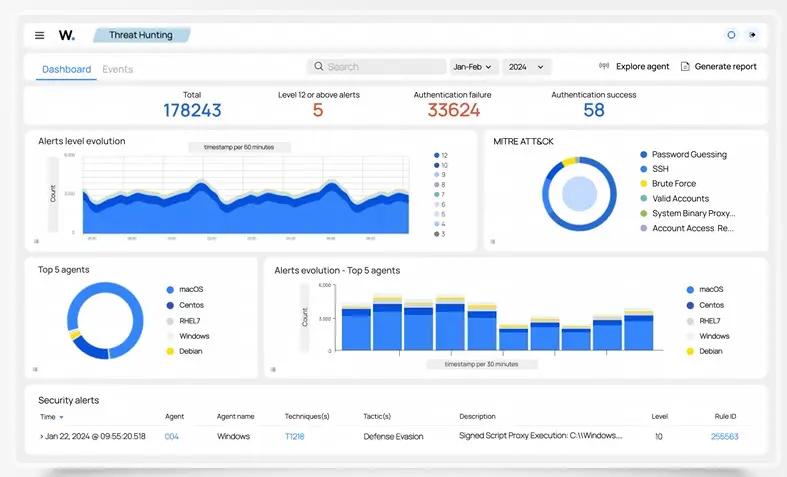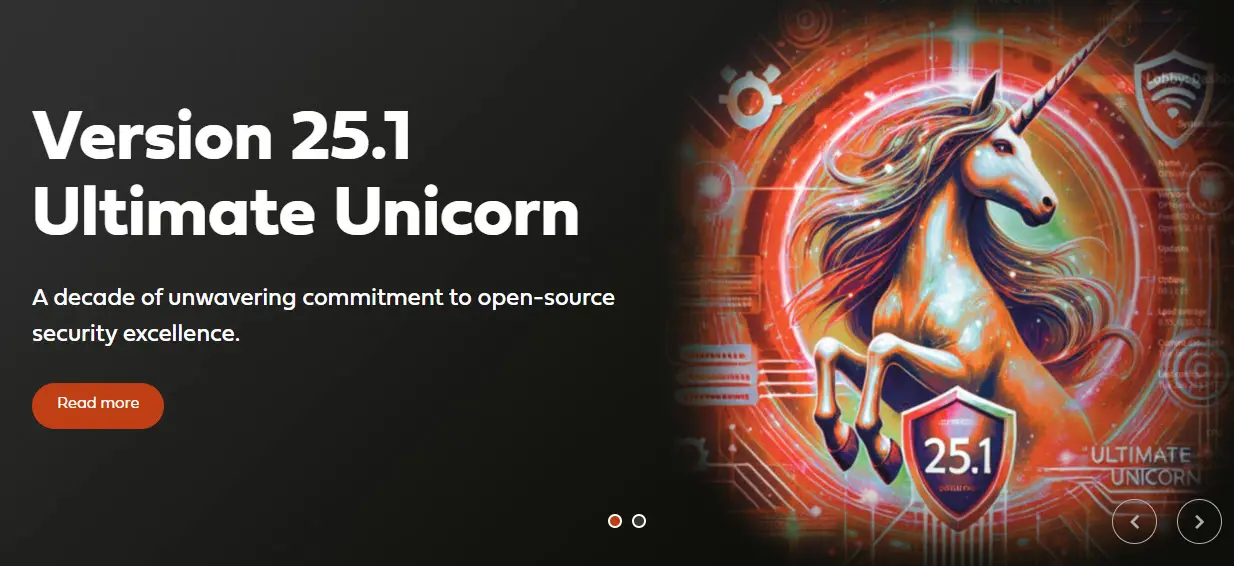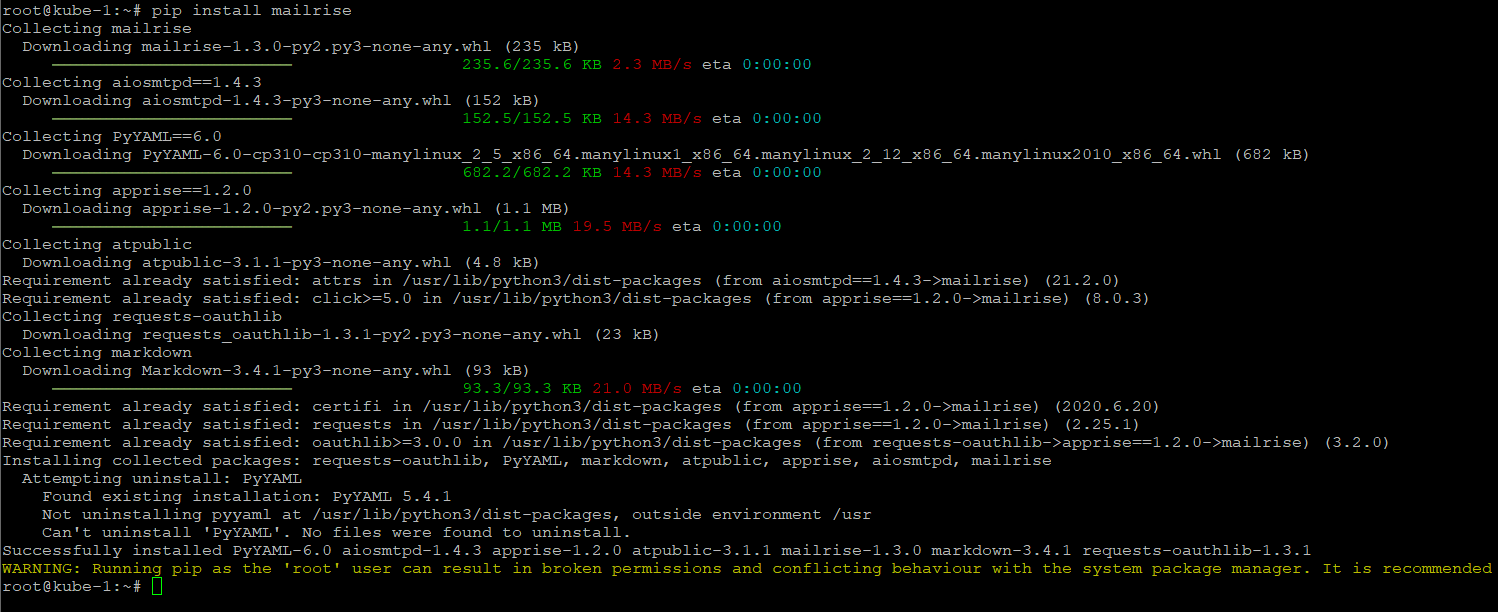AI has been one of the most revolutionary technologies that has come about in our lifetime. It is continuing to change the world around us as we know it and the capabilities of technology tools that we know and use. The home lab is no exception to the environments that will be impacted by AI. Let’s look at 5 unexpected ways to use AI in your home lab in 2025 and why you should take notice of the benefits of AI for your self-hosting environment moving forward. The solutions and possibilities are exciting!
1. Automating media tagging and organization
One of the most popular resources that we can self-host in the home lab is your self-hosted media collection. This includes things like photos, videos, and audio. However, organizing and searching through your home media collection by hand using manually point and click operations is something that just simply isn’t feasible if you have terabytes of data that you need to tag and search through. Thankfully, we have AI-driven tools like:
PhotoPrism (free, open-source)
Immich (free, open-source):
These tools use AI to automatically identify faces, objects, scenes, and locations that are found in your media files. What’s also nice about these are the tools are extremely easy to run in Docker or Kubernetes environments that most are probably already running in their home lab.
These tools provide automated tagging and categorization that might take a human with manual efforts hours, days, weeks, or longer, depending on the size of the media collection.
2. Network monitoring and anomaly detection
Hybrid networks are getting extremely complex to monitor and secure using manual efforts. Home lab networks are often fairly complicated in their configuration. They may include multiple servers, containers and other IoT devices. Managing and securing these can be fairly tedious.
This is where AI-driven network monitoring tools come into play. These can greatly simplify and enhance the process of monitoring your environment using real-time monitoring and security tools. Check out the following solutions:
Netdata Cloud (home lab license is available):
Zabbix with AI integration (free, open-source)
These tools use machine learning algorithms and can identify problems, anomalies, and other issues proactively. Also, most are familiar with Grafana.
You can use:
This can get you insights into things going on that can help predict issues before these are major. I have been using Netdata in my home lab for several months now and have found it to be really good, especially with containerized environments and Kubernetes clusters.
This was an area where I quite frankly didn’t have very good monitoring, outside of monitoring the virtual machine nodes that made up my Docker container and Kubernetes hosts.
3. Using UniFi Protect’s Advanced AI for Surveillance
I have been using Unifi Protect for cameras in my home network and I am extremely pleased with it. However, Unifi has been making advancements in the realm of incorporating AI into the Unifi Protect capabilities in 2025. It uses AI-driven video analytics that can recognize and differentiate between different types of camera footage, including people, vehicles, animals, and other types of objects.
Unifi is building most of their new cameras with AI technology built-in. Also, they have what they call an “AI port” that you can attach inline to any legacy camera that doesn’t have AI, and it adds AI to its capabilities.
Having Unifi Protect in your home lab to help automate security alerts with camera footage can help to help to minimize false positives, and help with real-time monitoring and event alerting. This will help you with your overall video security and help reduce chore of manually reviewing security footage.
4. Personal AI assistants
This is an area of AI that it seems everyone is excited about, having a personal AI assistant to carry out basic and even more complex tasks using voice commands. There are several free and open-source tools that allow you to do this. Note the following:
Mycroft (free, open-source)
Ollama and Open WebUI (free, open-source)
These allow you to automate tasks in the home lab like spinning up VMs, managing backups, or monitoring network health. You can even use these in troubleshooting lab issues with simple voice or text commands
By integrating these systems with platforms like Home Assistant, it allows you to have a really powerful automation platform.
5. AI-powered Detection and Response
As home labs grow more sophisticated, so does their exposure to cybersecurity threats. AI-powered security tools provide a crucial line of defense, continuously monitoring and defending your lab environment from threats automatically.
CrowdSec (free, open-source)
Wazuh (free, open-source)
These tools allow you to have AI-enhanced threat detection capabilities. They can do things like identify malicious behavior and allow you to see unauthorized access attempts in real-time. When you combine these with advanced open-source firewall platforms like:
OPNsense (free, open-source)
This makes your home lab environment much more secure against modern cybersecurity threats and zero-day vulnerabilities.
Wrapping up
There has never been a more exciting time for artificial intelligence, especially with all the options that are now AI-enabled with generative AI tools. Most of these tools are free and open source and allow you to easily take advantage of AI in your home lab environment. All of this leads to having a more powerful and secure home lab with streamlined operations. By using AI, you can stay ahead of the curve and get the most out of your learning and self-hosting experience. Let me know in the comments what tools you are using for AI in the home lab and the hardware you are using to self-host it.



